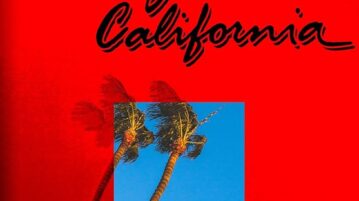
Briefs
Brief reviews of TEN BRIDGES I’VE BURNT: A Memoir in Verse; DEAD IN LONG BEACH, CALIFORNIA; MATERIAL WEALTH: Mining the Personal Archive of Allen Ginsberg; BOUND: Poems; and IN THE SPIDER’S ROOM: A Novel.
More
Brief reviews of TEN BRIDGES I’VE BURNT: A Memoir in Verse; DEAD IN LONG BEACH, CALIFORNIA; MATERIAL WEALTH: Mining the Personal Archive of Allen Ginsberg; BOUND: Poems; and IN THE SPIDER’S ROOM: A Novel.
More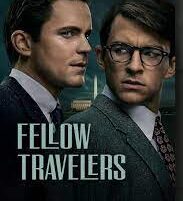
Reviews of Fellow Travelers, Lie with Me, and NYAD.
MoreFLORIDA’S LEGISLATURE adjourned its session in March with 21 out of 22 anti-LGBT bills effectively killed, handing Governor Ron DeSantis a humiliating defeat and leading the Human Rights Campaign to conclude that “the tide has turned” on such legislation in Florida.
More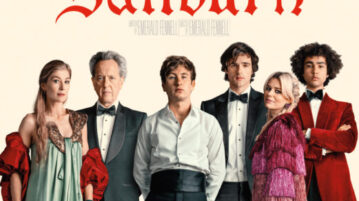
And this is what Saltburn is really about: the seductions and pursuit of wealth and respect. The Cattons are depicted as pretty despicable people, emotionally attenuated, blithely unaware of the world, and often vicious to those around them. And yet, their lives of leisure and those fantastic parties are apparently too attractive to resist.
MoreReaders’ Thoughts.
More
DIRK BOGARDE (1921–1999) was a British film actor of the postwar era who was a major star in Europe and even made inroads into the American dream machine. His first Hollywood film was the underwhelming Song without End: The Story of Franz Liszt (1960).
More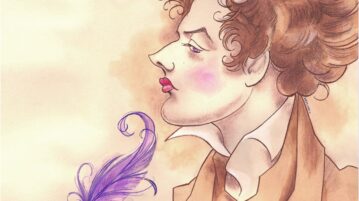
LORD BYRON died 200 years ago, in 1824, at the age of 36. He succumbed to a fever in Greece, where he was helping to fund the Greek war of independence from Turkey. Today he’s more famous as a poet and a lover than as a fighter. One estimate puts Byron’s renown as a poet second only to that of Shakespeare.
More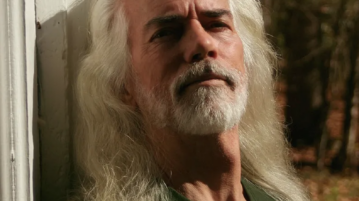
Interview with poet, Gavin Geoffrey Dillard.
More
Interview with writer Patrick E. Horrigan.
More